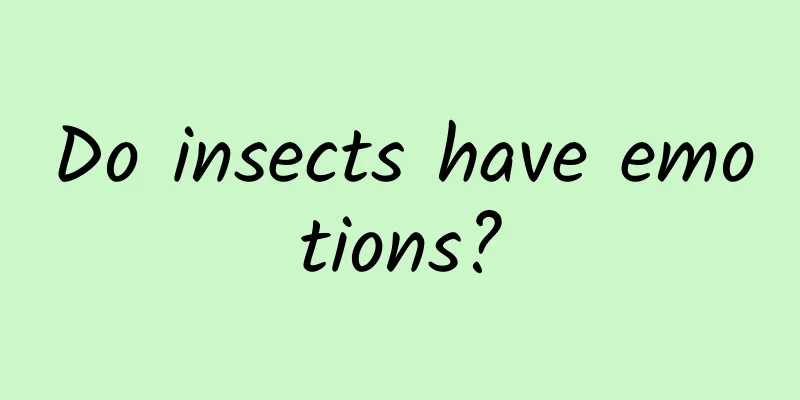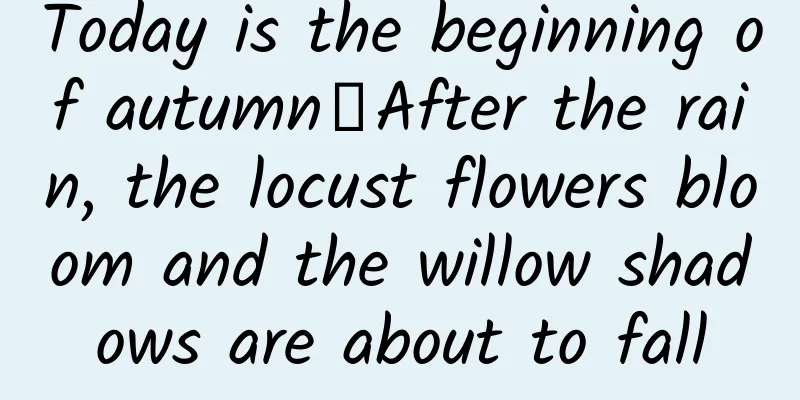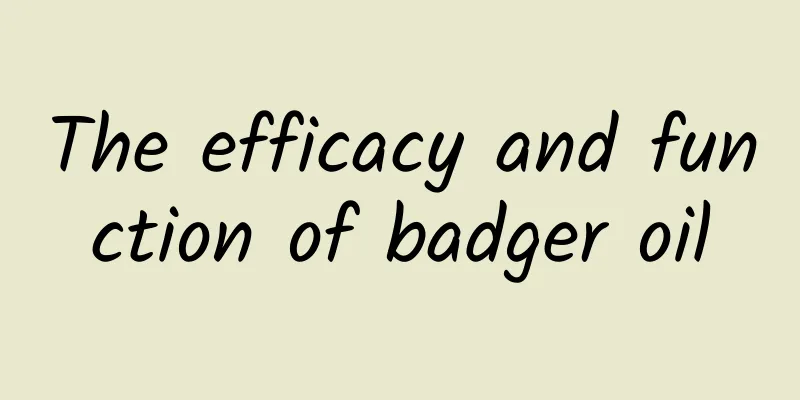What are the effects and functions of ephedra?

|
Most people may be familiar with Chinese herbal medicines such as ephedra, but some friends who do not understand Chinese medicine do not know what ephedra is used for. In fact, ephedra has a wide range of effects and functions, especially for treating colds and low immunity in the elderly. The weather is relatively cold in autumn and winter, and winter is about to begin. In order to prevent colds and make plans to keep warm early, let's learn about the effects and functions of ephedra. Ephedra's efficacy and effects Ephedra Effects It can induce sweating and dispel cold, clear the lungs and relieve asthma, promote diuresis and reduce swelling. The raw product has strong diaphoretic, diuretic and edema-reducing effects and is mostly used for wind-cold exterior syndrome, chest tightness, wheezing and cough, wind-water edema, rheumatic pain, yin carbuncle, and phlegm nodules. Honey ephedra is warm and moist in nature, with a mild diaphoretic effect, which enhances its function of moistening the lungs and relieving coughs, and is best at clearing the lungs, relieving asthma and relieving coughs. It is mostly used for asthma and cough when the external symptoms have been relieved. Ephedra velvet has a mild effect and is suitable for the elderly, young children and weak people who catch colds caused by wind and cold. The effect of honey ephedra velvet is more moderate and is suitable for the elderly, young children and patients with weak constitution whose external symptoms have been relieved but whose asthma and cough have not been cured. Ephedra Effects 1. It is used for external wind-cold, aversion to cold and fever, headache and body pain, nasal congestion, no sweating, floating and tight pulse and other superficial symptoms. This product can promote lung qi, open the pores, dispel wind and cold, and induce sweating to relieve exterior symptoms. It is often used together with cinnamon twig to enhance the diaphoretic and antipyretic effects, such as Mahuang Decoction. It is used for symptoms of wind-cold, aversion to cold and fever, headache and body pain, nasal congestion, no sweating, and floating and tight pulse. 2. Used for wheezing and coughing caused by wind-cold and stagnation of lung qi. It can open up the lung qi, dissipate wind and cold and relieve asthma. When used with almonds and licorice, it is called Sanao Decoction, which can enhance the anti-asthmatic effect. If there is also cold fluid in the body, it can be used with asarum, dried ginger, pinellia, etc. to warm the cold fluid and relieve asthma and cough, such as Xiaoqinglong Decoction. If the asthma and cough are caused by heat evil blocking the lungs, it can be used with gypsum, almonds, licorice, etc. to clear the lungs and relieve asthma, which is called Ma Xing Shi Gan Decoction. 3. It is used for edema with external symptoms. It is an important medicine for clearing the lungs and promoting diuresis. This product can induce sweating and promote diuresis, which helps to dissipate edema. It is often used together with ginger, Atractylodes macrocephala, etc., such as Yuebi Jiashu Decoction. 4. Taking advantage of the effect of ephedra in warming and dispersing cold evil, it can be used in combination with other corresponding medicines to treat rheumatic pain, yin carbuncle, phlegm nodule and other symptoms. Usage and precautions 2—9g. It is better to go down later. It can be used raw to relieve exterior symptoms and roasted to relieve asthma; the mashed ephedra floss can induce sweating. It is suitable for children, the elderly and the weak to use ephedra floss or apply moxibustion. This product has a strong diaphoretic effect, so it should be used with caution in patients with spontaneous sweating due to deficiency of the exterior, night sweats due to deficiency of yin, and asthma and cough due to kidney failure to absorb air. This product can excite the central nervous system and should be used with caution by patients with hyperhidrosis and insomnia. This product has a strong diaphoretic effect, so it should be used with caution in patients with spontaneous sweating due to deficiency of the exterior, night sweats due to deficiency of the yin, and wheezing and coughing due to deficiency of the kidneys. Clinical Application 1. It is often used together with cinnamon twig for symptoms of exogenous wind-cold, closure of pores, aversion to cold and fever, headache, body pain, nasal congestion without sweating, and floating and tight pulse. 2. Wind-cold binding the lungs externally, phlegm and fluid blocking the lungs, resulting in lung qi stagnation, or external wind-cold with phlegm and fluid or heat evil blocking the lungs, resulting in cough and wheezing. 3. Edema with external symptoms. 4. Yang sores, leukorrhea, phlegm nodules, gout, wind-cold-dampness arthralgia, etc. caused by the stagnation of cold evil in the meridians. 5. Itching of the skin caused by diseases such as urticaria, scabies, wandering wind, prurigo and stubborn ringworm. 6. Jaundice. 7. Enuresis in children. Dosage and administration: decoction 3-10 grams; make into pills or powder 1-3 grams. For external use, apply in appropriate amount. Precautions for use: This product has a strong diaphoretic effect. It is not recommended for patients with spontaneous sweating due to deficiency of the exterior, night sweats due to yin deficiency, and fever due to febrile diseases. It should be used with caution in patients with irritability, insomnia, hypertension, urinary retention, and cough and asthma due to kidney failure. Modern clinical reports show that this product, combined with aconite (pre-decocted) and asarum, decocted and taken orally, is effective in treating bradycardia. Ephedra itself is a Chinese patent medicine. It has the effects of clearing away heat and relieving cough, dispelling wind and cold, especially for exogenous wind and cold in winter. Ephedra itself can regulate qi and nourish blood, and is a diuretic for children. Ephedra can be decocted and taken for jaundice in children. However, this product has a strong sweating power. Eating too much can easily cause sweating and collapse. Eating too much at one time will bring adverse effects to the body. |
<<: What are the effects and functions of ephedra root?
>>: What are the effects and functions of Astragalus and Wolfberry?
Recommend
Wang Qinnan: The sweet promise of the "watchman" of the sugarcane field when the sugarcane flowers bloom
In the vast fields of Guilin, Guangxi, the sugarc...
What diseases can peach leaves cure?
Spring is the season when peach blossoms are in f...
What are the effects and functions of Peruvian Maca?
Nowadays, Maca is quite popular among men. Becaus...
A profound question: What is equality?
Before we really get into mathematics, our parent...
The Great Voyages of Discovery丨Why do Chinese ancient ships stand out in the world?
Ships have evolved from prehistoric wood-cut boat...
How big would a piece of paper become if it was folded in half 105 times?
A piece of paper with a thickness of 0.1 mm, whic...
Application and compatibility of Schisandra chinensis
Schisandra chinensis is one of the most common Ch...
Will Relativity Aerospace be the next SpaceX?
Although the Terran-1 rocket failed in its first ...
The efficacy and function of deer antler glue
The antlers of sika deer and red deer are both tr...
On Chinese Valentine's Day, let's see the romance in space
It is the Chinese Valentine's Day again, a tr...
Rare! Bathing can cause illness. What is "bird" disease?
Recently, Ms. Wang from Liuyang, Changsha, Hunan,...
He is the first Chinese to win the "Nobel Prize for Meteorology" and made a bold statement: "Let foreigners catch up with us"|Time Letter
Nowadays, weather forecast has become a piece of ...
Can AI "copy" human smiles in advance? Is it possible for AI to integrate into the human social world?
The emergence of large language models (LLMs) suc...
The efficacy and function of camellia
Many people are not very clear about camellia tea...
What are the effects of processed Polygonum multiflorum
Processed Polygonum multiflorum is what we often ...









